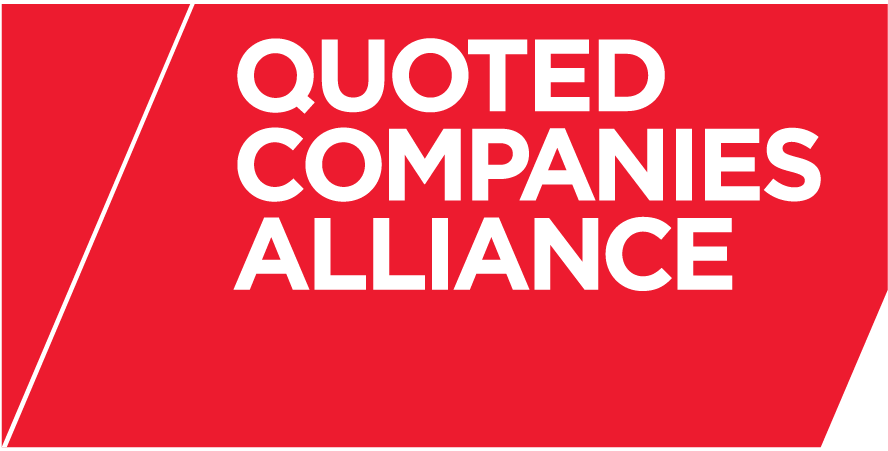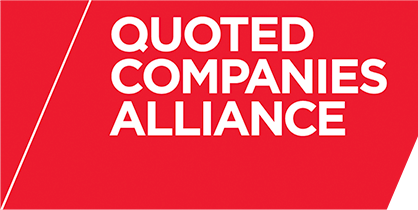In the 2009 budget, the government announced their plans to accelerate the introduction of a higher rate tax band to 6 April 2010 and, unexpectedly, to increase this proposed highest rate from 45% to 50%.
The proposals are:
- Individuals will be taxed at 50% from 5 April 2010 on income over £150,000;
- Individuals with income over £100,000 will have their personal allowances abated – those earning between £100,000 and £112,950 will pay an effective rate of 60% on these earnings, as illustrated in the diagram below;
- Individuals with income greater than £150,000 will pay 42.5% (increased from 32.5%) on dividend income. The effective rate of tax on dividend income for these individuals will increase from 25% to 36.1% of the dividend received; and
- Tapering down of higher rate relief for pension contributions for those with “relevant earnings” over £150,000, so that those earning over £180,000 will only obtain relief on contributions at 20%.
Several companies are already considering how their remuneration structures should perhaps be amended to remain fit for purpose, so as to achieve the continuing objectives of motivation and retention of employees, incentivising long term growth, and tax efficiency. An added difficulty here is the proposed pension changes, the result of which some commentators have suggested could be the early retirement of some senior executives.
So how can you ensure you are addressing these business issues by structuring remuneration in a way that is likely to minimise the impact on the business? There are currently two key thought processes:
-
The first, albeit short term measure, considers timing of earnings; several employers are considering bringing the payment of bonusesforward next year so employees are taxed in the 2009/10 year at the 40% top rate. Although moving the payment of bonuses forward may interest some employers, this may not fit commercially with the organisation’s objectives and the interaction with the tax rules over when a receipt is taxed also needs to be considered. Furthermore, businesses should think carefully about any reputational issues which may arise if bonuses are paid early, perhaps before final business performance for the period is known. For listed companies, the remuneration committee will also need to be comfortable with what is planned.
- The second, longer term approach is to consider whether earnings can be structured more efficiently so that employees are rewarded on the basis of their contribution to the capital value of the business over the longer term, and, if so, structuring this reward to be taxed as a capital return (current rate 18%) rather than income, taxed at up to 50%. This concept has been around for years, but with the recent change in the capital gains rate to 18% coupled with the increase in higher rate income tax to 50%, it is possible that longer term share incentives may become much more prevalent. There are a number of share schemes available, both approved and unapproved, that can deliver such tax treatment and which suit various corporate profiles. Again, though, businesses will need to think about the appropriateness of any proposed arrangements in light of the reputational aspects, and for listed companies shareholder and remuneration committee approval will be required.
In summary, the new measures mean the landscape of employee remuneration is likely to be the subject of much short term discussion and, ultimately, evolve over time. The changes are unlikely to only impact on higher rate earners as whatever decisions corporates take to structure employee remuneration for the higher earners is likely to filter across most, if not all, of the workforce. This is an item that should be on everyone’s agenda, whether the company has a handful of people affected or several hundred to ensure that all employees are being efficiently remunerated and motivated to achieve the best for your company.
David Bywater is an Associate Partner, Corporate Tax, at KPMG LLP.

